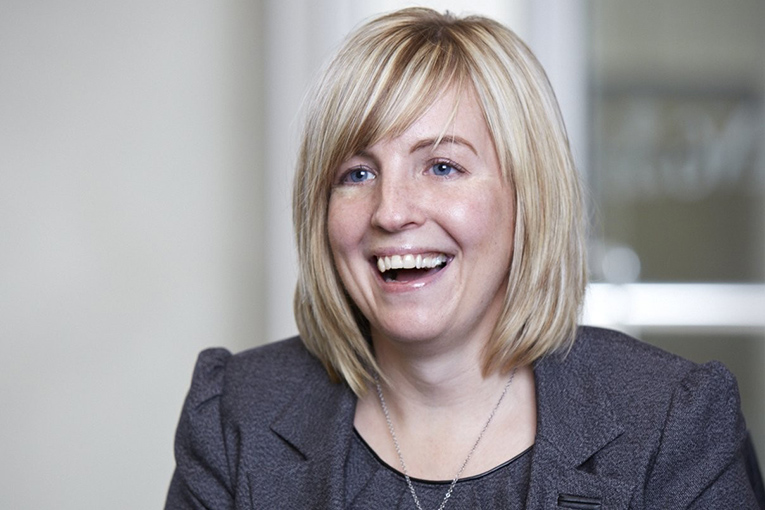It’s funny how quickly the market changes its rhythm. Not long ago, limited company buy-to-let felt like a specialist niche, the preserve of portfolio landlords with accountants on speed dial. Now, it has become the default route for so many investors that it is hard to remember when it was not part of everyday business.
From where we’re sitting, incorporation is no longer an outlier; it is the norm, and that simple fact is having quite an impact on who we lend to and how brokers approach their cases.
ESTABLISHING REALITY
The narrative for a long time was that buy-to-let was in decline, squeezed by tax or regulation. But dig a little deeper and the reality is more nuanced. Pegasus Insight’s latest Landlord Trends Report shows that one in five landlords now hold at least one property through a limited company, rising to around three in 10 among portfolio owners.
In addition, 63% of landlords intending to buy in the next year plan to do so within a limited company, compared with just 29% who will purchase in their own name. So, while overall purchase volumes may have cooled slightly, the corporate side of the market is on the up.
What is particularly interesting is who these new landlords are. A decade ago, most limited company applications came from experienced investors restructuring portfolios for tax efficiency. Today, it is a very different mix. We are seeing first time landlords, expats, and skilled professionals on temporary visas setting up SPVs from day one.
And, according to Hamptons data, three quarters of shareholders in newly formed property investment companies are now aged 50 or younger, which is a clear sign that younger, more entrepreneurial landlords are driving much of the growth. It is proof that the profile of the buy-to-let investor is transforming as the market matures.
WIDE VARIETY
This certainly aligns with our experience since launching our limited company range earlier this year. The variety of cases has been striking: newly formed SPVs with no rental history, professional couples entering the market for the first time, overseas clients retaining a foothold in the UK, and even landlords moving properties into company ownership mid portfolio.
It has reminded us just how enterprising this corner of the market can be. And while complexity has increased, so has opportunity for both lenders and advisers alike.
A few of those newer client types are worth mentioning too. Take expat landlords. Once seen as high risk, they are now increasingly well served by specialist lenders offering company based products. We have seen well organised applicants with stable overseas income and strong UK ties who simply want a transparent way to keep investing back home.
Equally, we have worked with skilled professionals on temporary visas who may have been declined by mainstream lenders but who present perfectly sound lending fundamentals in our eyes. This serves as a good reminder that lending responsibly does not mean saying “no” automatically; it means taking time to see the whole picture.
THE IMPORTANCE OF UNDERWRITING
That, to me, is the crux of it. In this part of the market, manual underwriting is everything. No two company cases are identical, and success often depends on how the story is presented. The underwriting system cannot capture intent or nuance, but a good broker can. And when brokers and lenders work closely, those multi-faceted cases can become some of the strongest on the books.
We designed our range around that idea, complete with flat product fees, a sensible interest coverage ratio, and flexibility for first time landlords and day one SPVs. Nothing revolutionary, but practical and broker friendly.
The feedback has been positive, and not just on rates. What brokers value most, it seems, is clarity in terms of knowing where the edges of criteria are and which lender is willing to take a proper look.
If recent history has proved anything, it is that buy-to-let certainly hasn’t disappeared. The challenge, and the opportunity, is to keep evolving alongside it. And from our perspective, that is something we are very comfortable doing.





